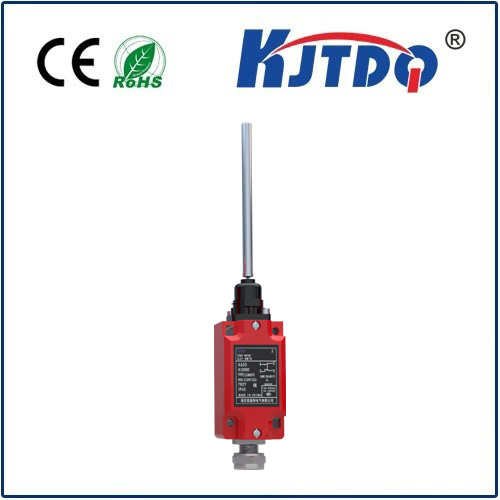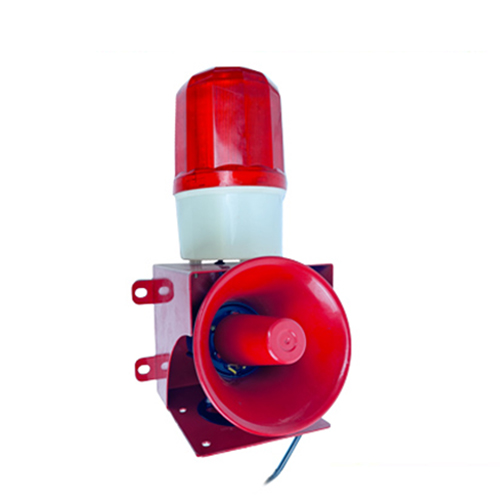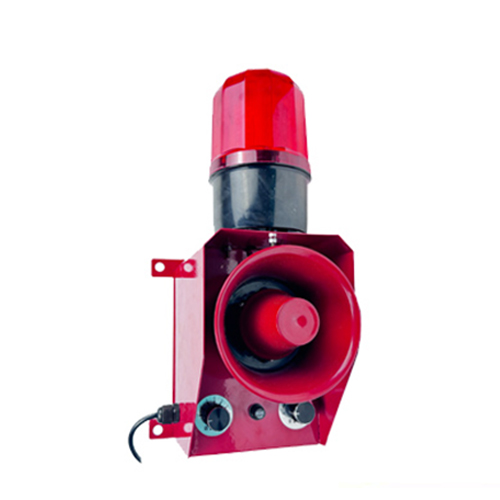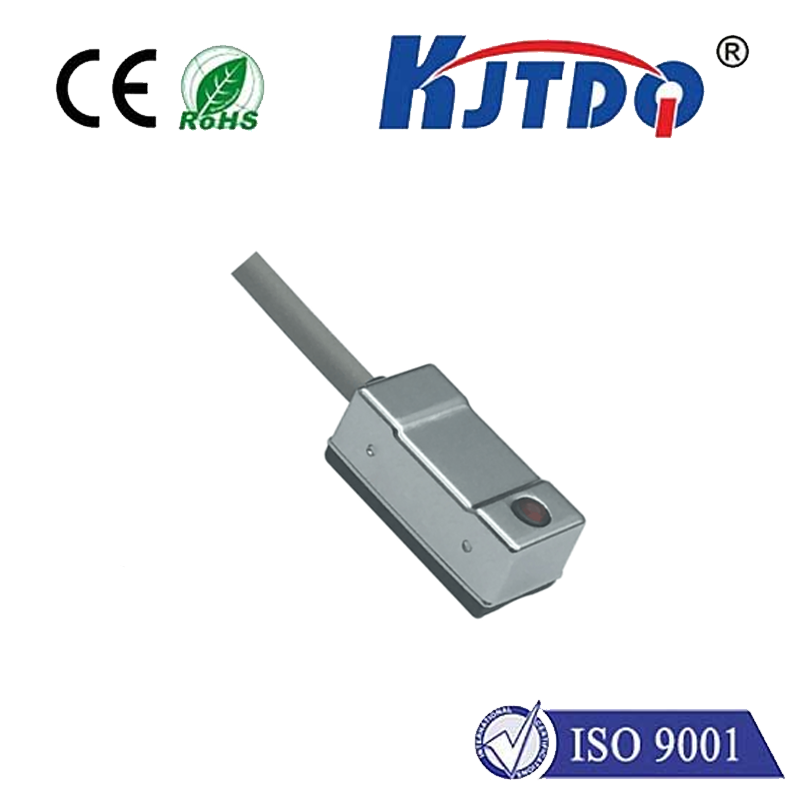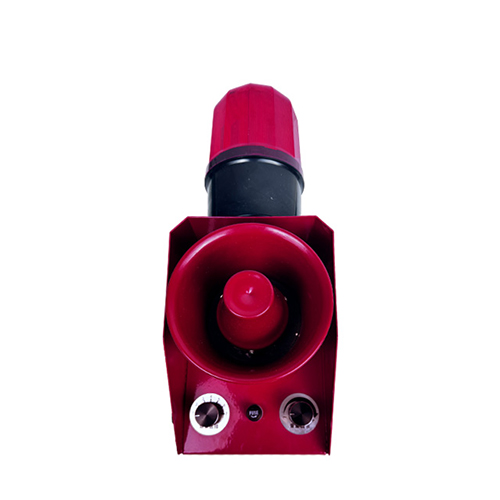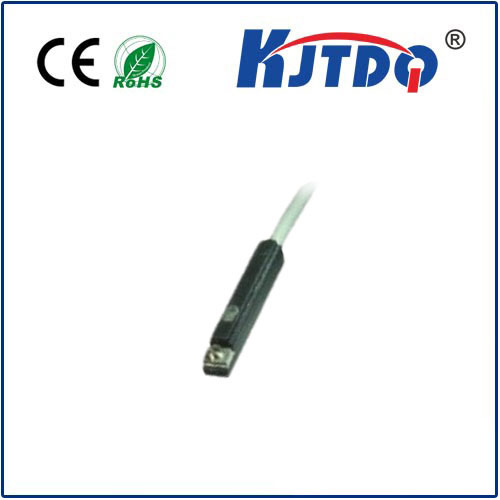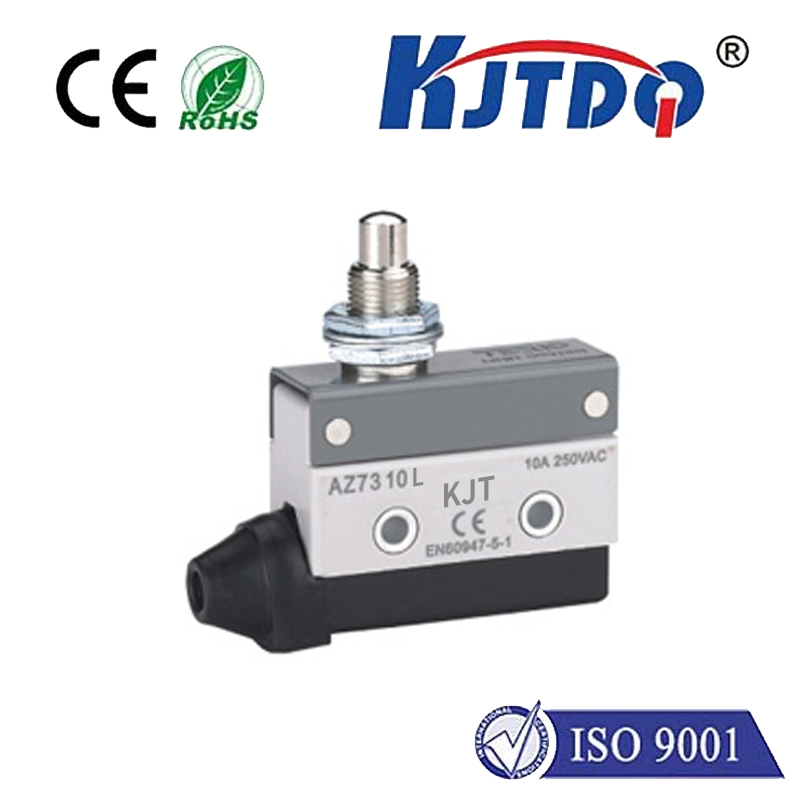Imagine picking up your smartphone for a crucial call, only to see the screen stubbornly stay lit—blocking your ear and draining the battery. This everyday annoyance often traces back to a faulty proximity sensor, leaving users baffled and frustrated. As digital devices become integral to our lives, a malfunctioning proximity sensor can disrupt everything from casual chats to professional workflows. But fear not; understanding why this happens and how to troubleshoot it can save time and stress. In this guide, we’ll explore why your proximity sensor might be saying “no” to its job, demystifying common issues with clear, actionable solutions geared toward DIY enthusiasts and tech novices alike.
At its core, a proximity sensor is a tiny but vital component in devices like smartphones, tablets, and automotive systems. It uses infrared or capacitive technology to detect nearby objects—your ear during a call, for instance—and triggers actions such as turning off the screen to prevent accidental touches. When it stops functioning, it’s often not a sign of catastrophic failure but rather a fixable glitch that stems from dirt buildup, software errors, or minor hardware misalignments. Recognizing the root causes early can prevent costly repairs or replacements, transforming that “proximity sensor no” scenario into a smooth, responsive experience once more.

Common reasons for proximity sensor failures include environmental factors and internal hiccups. For starters, accumulated dust or grime on the sensor area (usually near the front camera or speaker) can block detection signals, leading to erratic behavior. This is especially prevalent in pocketed devices or those used in dusty environments—think of it as the sensor getting “blinded” by debris. Software conflicts also play a major role; outdated operating systems, buggy app updates, or background processes can interfere with sensor calibration, making it unresponsive during critical moments. As users install new apps or update their OS, these silent conflicts often go unnoticed until the sensor fails to dim the screen during calls. Lastly, hardware issues, such as physical damage from drops or manufacturing defects, might require professional attention, but they’re less common than most assume. By pinpointing these triggers, you’re already halfway to a solution—without resorting to panic-driven tech support calls.
To diagnose the problem yourself, follow these simple, step-by-step checks. First, ensure no obstructions exist by gently wiping the sensor area with a soft, lint-free cloth dampened slightly with water. Avoid harsh chemicals, as they can damage the lens. If that doesn’t work, perform a soft reboot: hold down the power button for 10 seconds to restart the device, which often clears temporary software glitches that cause “proximity sensor not working” woes. For persistent issues, delve into software settings. Check for updates in your device’s system menu, as manufacturers release patches to fix known bugs. Disable problematic apps by testing in safe mode—restart the device while holding specific keys (varies by model) to run only essential software. If the sensor behaves normally, a third-party app is likely the culprit; uninstall recent downloads one by one to identify the offender. These diagnostic steps are quick and low-risk, empowering you to tackle issues head-on without advanced tools.
When basic fixes fall short, effective troubleshooting techniques can restore sensor functionality efficiently. Start with a deeper clean using compressed air to blow dust from crevices, but do this sparingly to avoid component damage. If software seems at fault, reset app permissions via settings—revolk access for apps that might hijack sensor operations. Resetting network settings can also help, as proximity sensors interact with call functions, and corrupted data might cause conflicts. In cases of suspected hardware faults, back up your data and consider a factory reset as a last resort; this wipes all software issues but requires reconfiguring your device. Prevention is always better than cure: maintain your gadget by keeping it in a protective case, avoiding exposure to moisture, and updating software regularly to sidestep future “proximity sensor no” surprises. Most fixes take minutes and cost nothing, turning a frustrating hiccup into a minor setback.
In the rare instances where DIY measures don’t resolve the problem, professional repair might be necessary. Hardware failures, such as a damaged sensor chip or loose connections, often stem from physical trauma—drops or spills. Seek certified technicians who can diagnose and replace components affordably, rather than risking further damage with amateur repairs. Remember, a non-working proximity sensor isn’t just an inconvenience; it can impact battery life and user safety by forcing screens to stay on unnecessarily. By addressing issues promptly, you ensure your device remains reliable for daily demands, whether it’s seamless calls or intuitive touch interactions.
